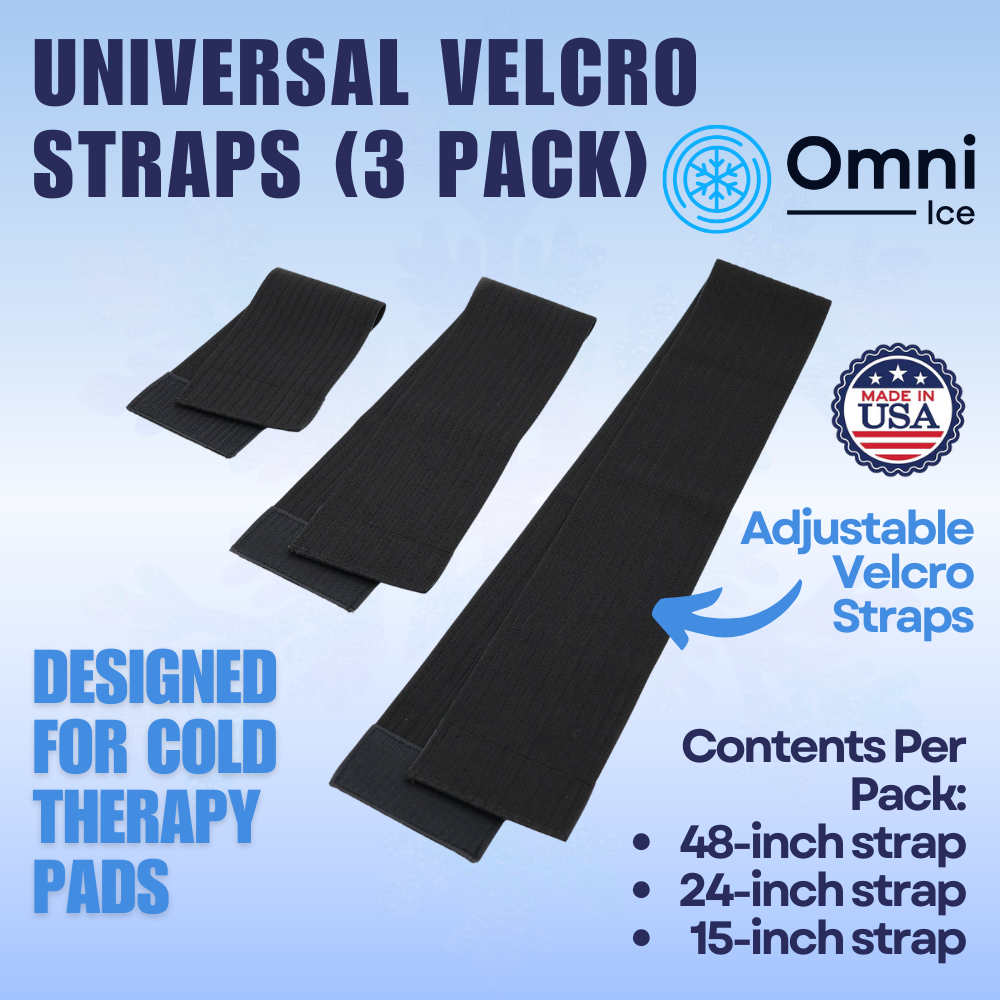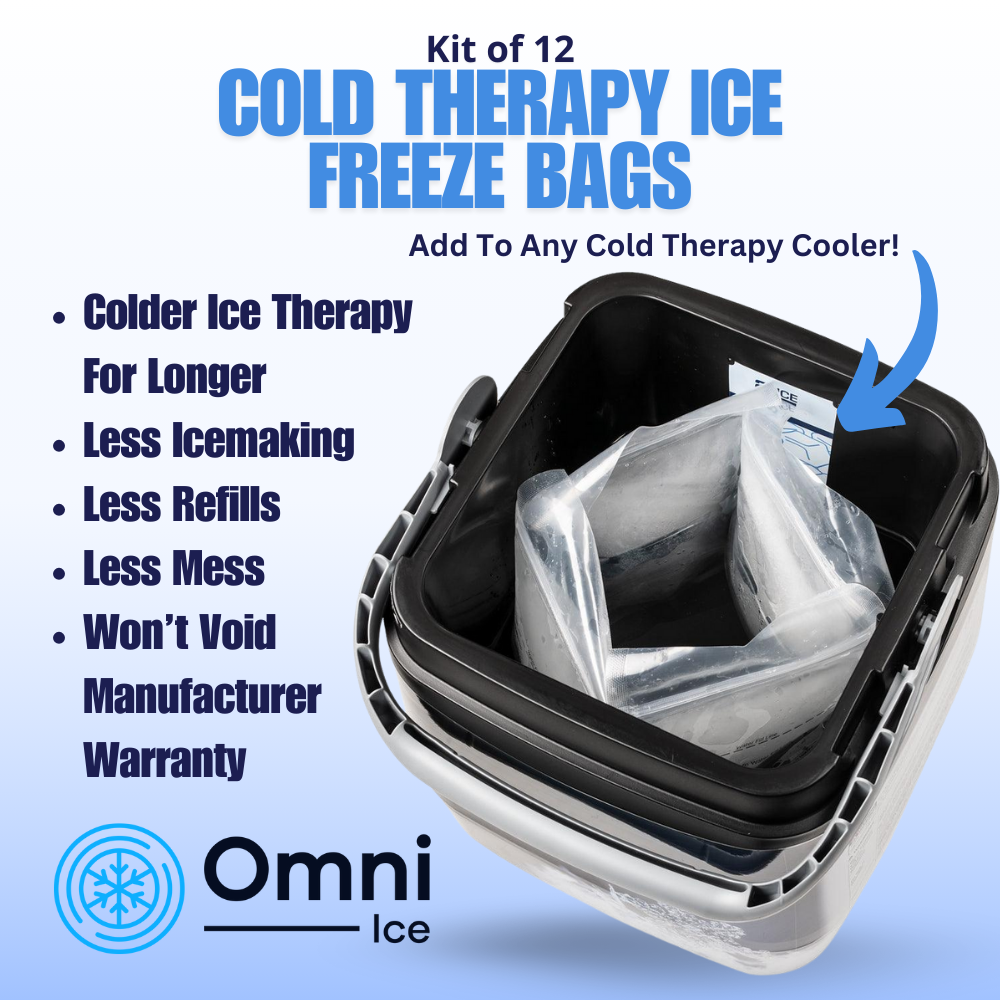Demystifying Cold Therapy: How Does it Aid in Rehabilitation?
Hey there! This is your go-to guide from My Cold Therapy, coming at you with the inside scoop on everything cold therapy. But today, we're not just showcasing our fantastic products (though they are pretty amazing, if we do say so ourselves). We're pulling back the curtain on the science of cold therapy itself. So, buckle up, and let's embark on this frosty journey!

Cold Therapy: The Chilled-Out Healer
First things first, let's answer the question: what exactly is cold therapy? Picture this: you've just twisted your ankle. Ouch. What's your first instinct? If you said, "Grab a bag of frozen peas," then congrats, you've just experienced the power of cold therapy! Also known as cryotherapy, it's a technique that uses cold temperatures to aid in the recovery process.
So, How Does It Work?
Great question! When you apply something cold to an injury, a few things happen:
- Vasoconstriction: This is just a fancy way of saying your blood vessels narrow. It reduces blood flow to the area, which can help to limit swelling and inflammation.
- Numbing effect: Cold can numb your nerves, providing a natural painkiller effect. Think of it like giving your body a little time-out from the pain.
- Metabolic slowdown: Cold temperatures can slow down cellular metabolism, reducing the rate of cell damage and promoting healing.
The Cold Therapy Hall of Fame: Ice Packs, Cryo Cuffs, and Cold Therapy Systems
Now that we know how cold therapy works, let's talk about the tools of the trade:
- Ice Packs: They're the classic, quick, and easy solution. But remember, don't put ice directly on your skin. Wrap it in a towel to avoid a cold burn.
- Cryo Cuffs: These are a step up from ice packs. Cryo cuffs can provide targeted, regulated cold therapy and often come with a compression element.
- Cold Therapy Systems: These are the big guns. Cold therapy systems, like those from Breg and Donjoy, provide consistent, regulated cold therapy, often combined with active compression.
Making the Most of Your Cold Therapy
Now, a few pointers to keep in mind when using cold therapy:
- Timing: Cold therapy is usually most beneficial in the first 48 hours after an injury, when inflammation is at its peak.
- Duration: You don't want to overdo it. Generally, 15 to 20 minutes is a good rule of thumb. Always follow the guidelines provided with your specific product.
- Listen to your body: If something doesn't feel right, stop. Cold therapy should provide relief, not additional discomfort.
My Cold Therapy: Your Partner in Healing
Here at My Cold Therapy, we're all about helping you on your road to recovery. Whether you're nursing a sprained ankle or recovering from surgery, we've got the cold therapy products you need.
Remember, it's not just about the cold; it's about how you use it. So keep these tips in mind, stay cool, and here's to a speedy recovery!








